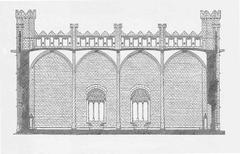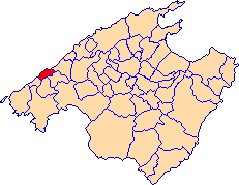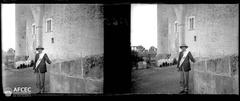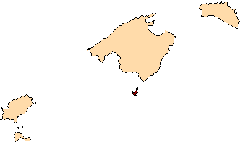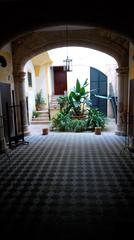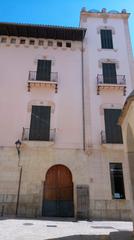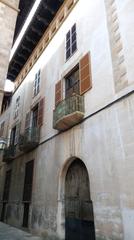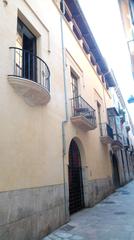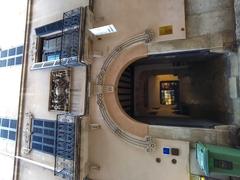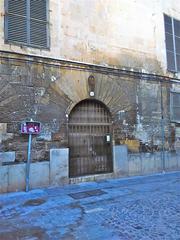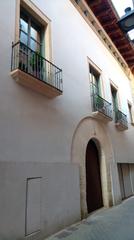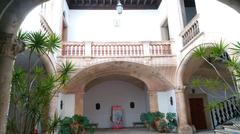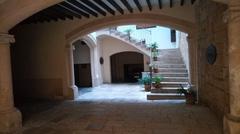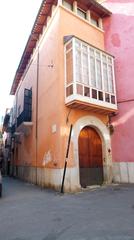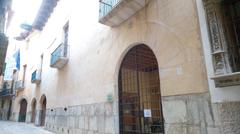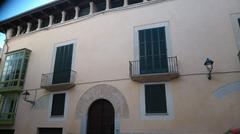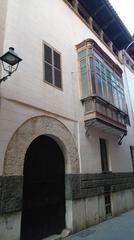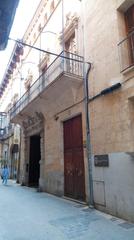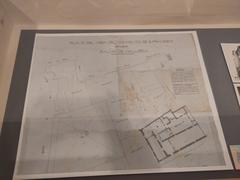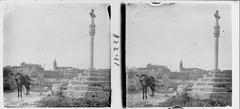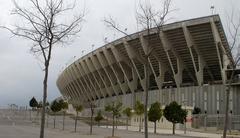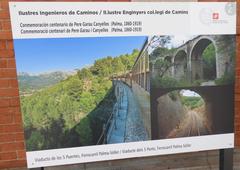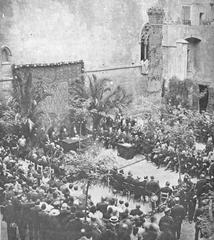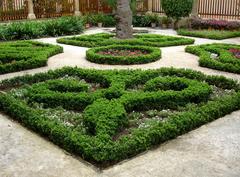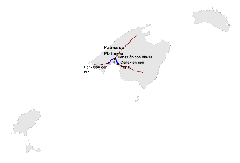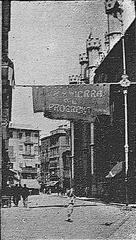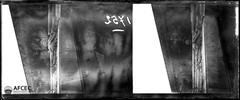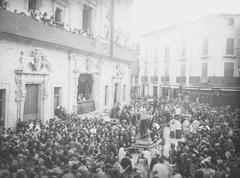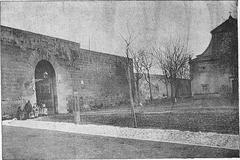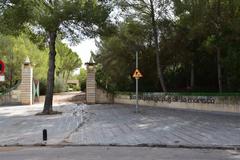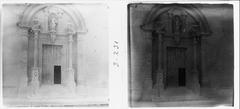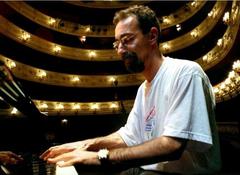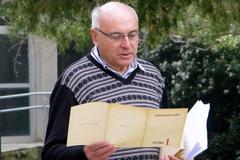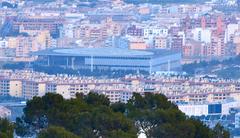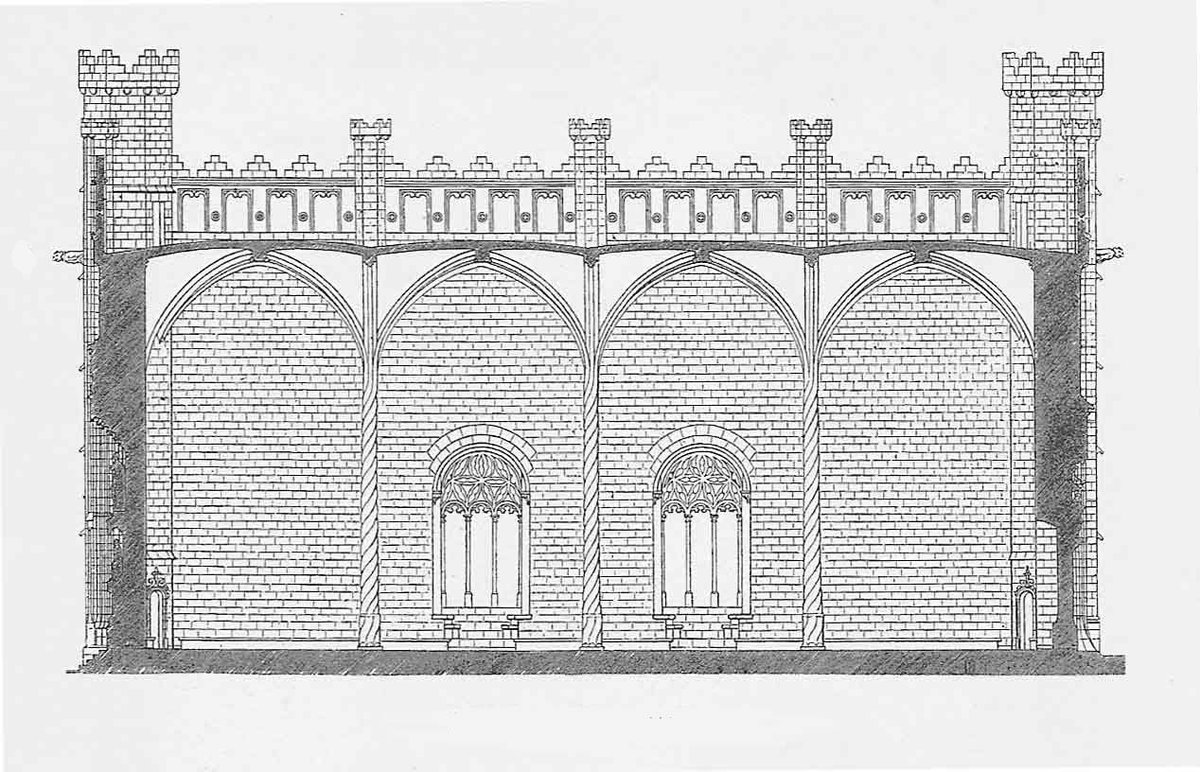
Visiting Hours and Tickets for Llotja De Palma, Palma, Spain
Date: 16/08/2024
Introduction
Llotja De Palma, often referred to as La Lonja, is a fascinating historical site located in Palma, Spain. This Gothic marvel, designed by the esteemed Mallorcan architect Guillem Sagrera, stands as a testament to the ingenuity and craftsmanship of the 15th century. Construction of this architectural masterpiece began in 1426 and extended into the 16th century, showcasing the enduring dedication to its creation (Nivia Born Boutique Hotel). Originally serving as the headquarters for the Merchants’ Association, Llotja De Palma was a bustling hub of commercial activity in Palma’s port during its early years. The building’s unique design, featuring helicoidal columns that resemble stone palm trees, and large windows providing exceptional lighting, reflects its dual purpose of functionality and elegance (Salt in Our Hair). Over the centuries, Llotja De Palma has undergone various transformations, adapting to the changing needs of the city. It has served multiple roles, including a warehouse, hospital, and prison, before evolving into a contemporary art venue in recent years. Today, it stands as a cultural and artistic landmark, hosting exhibitions by internationally renowned artists and attracting thousands of visitors annually (Thursday Daily Bulletin). This comprehensive guide will delve into the rich history, architectural significance, visitor information, and cultural importance of Llotja De Palma, offering insights for history buffs, architecture enthusiasts, and casual visitors alike.
Table of Contents
- Introduction
- Architectural Marvel of the 15th Century
- A Hub of Commercial Activity
- Evolution Through the Centuries
- Cultural and Artistic Significance
- Architectural Features
- Influence on Other Architectural Works
- Preservation and Recognition
- Visitor Information
- Contemporary Art Exhibitions
- Visitor Experience
- FAQ
- Conclusion
Architectural Marvel of the 15th Century
Llotja De Palma stands as a quintessential example of civil Gothic architecture in Mallorca. Designed by the renowned Mallorcan architect Guillem Sagrera, the construction of this architectural masterpiece began in 1426 and extended into the 16th century. The building’s rectangular floor plan and ribbed vault supported by six helicoidal columns are a testament to the ingenuity and craftsmanship of the period (Nivia Born Boutique Hotel).
A Hub of Commercial Activity
Originally, Llotja De Palma served as the headquarters of the Merchants’ Association, reflecting the intense commercial activity in Palma’s port during the 15th century. This building was not just a meeting point for merchants but also a symbol of the economic prosperity of the region. The large windows and the unique design of the pillars, which resemble stone palm trees, provided exceptional lighting and a functional yet elegant interior space (Salt in Our Hair).
Evolution Through the Centuries
Over the centuries, Llotja De Palma has undergone various transformations, adapting to the changing needs of the city. From a bustling commercial hub, it transitioned into a warehouse for goods and gunpowder, and later served as a hospital and a prison. In the 19th century, it became a venue for popular events such as Carnival and various exhibitions, a role it continues to fulfill today (Nivia Born Boutique Hotel).
Cultural and Artistic Significance
In recent years, Llotja De Palma has been positioned as a cultural and artistic landmark. The Govern de les Illes Balears and the Ajuntament de Palma have collaborated to transform this historic building into a contemporary art venue. Notable exhibitions, such as those by Portuguese artist Pedro Cabrita Reis and British artist Julian Opie, have attracted hundreds of thousands of visitors, further cementing its status as a cultural epicenter (Thursday Daily Bulletin).
Architectural Features
The architectural features of Llotja De Palma are a significant part of its historical importance. The building’s ribbed vault and helicoidal columns are not only structurally impressive but also aesthetically pleasing. These columns rise to the ceiling, creating an illusion of stone palm trees, which is a unique characteristic of this Gothic structure. The large windows allow natural light to flood the interior, enhancing the visual appeal of the space (Nivia Born Boutique Hotel).
Influence on Other Architectural Works
The design and construction of Llotja De Palma have influenced other architectural works, most notably the La Lonja de Seda in Valencia. Guillem Sagrera’s work in Palma was so renowned that it inspired similar designs in other parts of Spain, showcasing the far-reaching impact of his architectural genius (Salt in Our Hair).
Preservation and Recognition
Llotja De Palma is recognized as an asset of Cultural Interest (Bien de interés cultural), highlighting its importance in the historical and cultural landscape of Mallorca. Efforts to preserve and maintain this architectural gem ensure that it continues to be a significant landmark for future generations to appreciate and enjoy (Nivia Born Boutique Hotel).
Visitor Information
Llotja De Palma Visiting Hours
Llotja De Palma is open to the public from Tuesday to Saturday, offering free entry for all visitors. The convenient visiting hours make it an accessible destination for both tourists and locals.
Llotja De Palma Tickets
Admission to Llotja De Palma is free, making it an excellent spot for budget-conscious travelers looking to explore Palma’s historical sites.
Nearby Attractions
Llotja De Palma is strategically located near other significant landmarks, such as the Royal Palace of the Almudaina and the Cathedral of Palma. This proximity enhances its historical context and makes it a convenient stop for tourists exploring the rich architectural and cultural heritage of Palma. The surrounding area, with its cobbled streets and vibrant atmosphere, adds to the overall experience of visiting this historic site (Nivia Born Boutique Hotel).
Contemporary Art Exhibitions
The transformation of Llotja De Palma into a contemporary art venue has added a new dimension to its historical significance. The building now hosts a permanent program of exhibitions by internationally renowned artists, making it a focal point for contemporary art in Palma. The recent exhibition by Julian Opie, featuring 14 pieces specially selected by the artist, is a prime example of how the building continues to evolve and adapt to modern artistic trends (Thursday Daily Bulletin).
Visitor Experience
Today, Llotja De Palma offers a unique visitor experience. Guests can explore the vast open hall, admire the beautiful arches and spiral stone pillars, and immerse themselves in the rich history and architectural splendor of this Gothic treasure. The building’s role as a venue for contemporary art exhibitions adds an extra layer of interest, making it a must-visit destination for art and history enthusiasts alike (Salt in Our Hair).
FAQ
-
What are the visiting hours for Llotja De Palma?
- Llotja De Palma is open from Tuesday to Saturday.
-
Is there an entry fee to visit Llotja De Palma?
- No, admission is free for all visitors.
-
What nearby attractions can I visit?
- Nearby attractions include the Royal Palace of the Almudaina and the Cathedral of Palma.
Conclusion
Llotja De Palma’s historical significance is multifaceted, encompassing its architectural brilliance, its role in the commercial history of Palma, and its evolution into a contemporary art venue. This Gothic masterpiece continues to captivate visitors with its unique design and rich history, making it an essential part of any visit to Palma, Spain. To stay updated on the latest exhibitions and events, follow us on social media or download our mobile app.
References
- Nivia Born Boutique Hotel. (n.d.). La Lonja de Palma: A Gothic Treasure at the Heart of a Trending Neighbourhood. Retrieved from https://www.niviabornboutiquehotel.com/en/la-lonja-de-palma-a-gothic-treasure-at-the-heart-of-a-trending-neighbourhood/
- Salt in Our Hair. (n.d.). Things to Do in Palma, Mallorca. Retrieved from https://www.saltinourhair.com/spain/things-to-do-palma-mallorca/
- Thursday Daily Bulletin. (2024, April 16). Julian Opie Comes to La Llotja de Palma. Retrieved from https://www.thursdaydailybulletin.es/en/2024/04/16/julian-opie-comes-to-la-llotja-de-palma/
